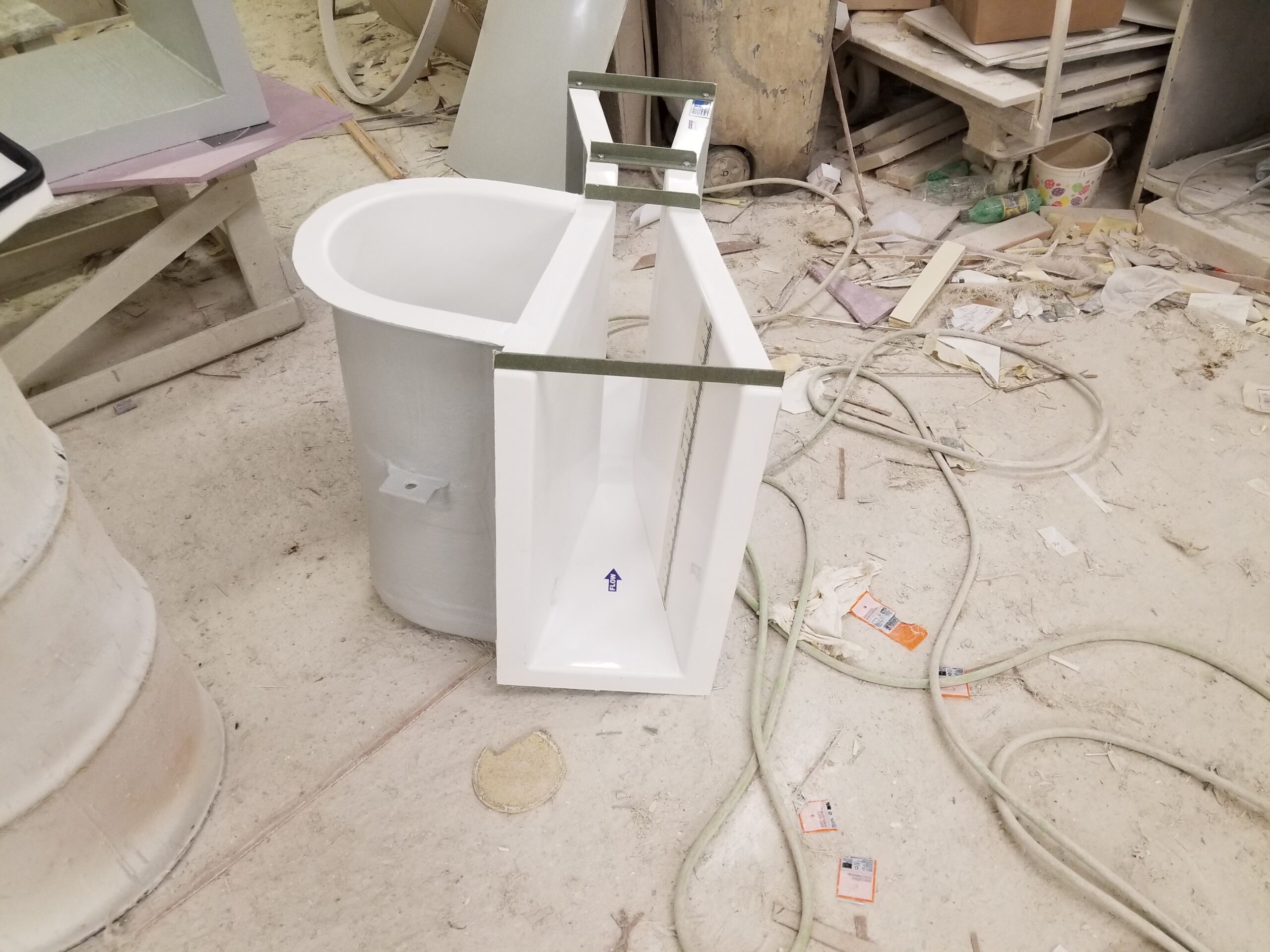Parshall flumes are among the most popular and well-researched types of flumes available for a variety of flow channel conditions. Given the equations and numerous applications available, Parshall flumes have been used all over the world. If you want to get the most out of yours, however, you’ll need to ensure that your approach velocity is optimized for accurate measurements. Fortunately, adjusting approach velocities for Parshall flumes is relatively easy. Here’s how.
Flume Design
If you’re dealing with a particularly high-velocity flow, there are certain changes you can make in the flume design itself to account for the upstream conditions. If you haven’t installed the flume yet, consider getting one crafted with a smaller width for the throat. As long as the upstream channel banks won’t be overtaken by the increased water level, this can work to reduce the velocity enough to reach subcritical levels before it passes through the critical point of measurement.
If your flume is already in place, you’ll have to take a different approach. One of the most common is implementing a nested flume. These are essentially flumes within flumes that can help you measure different flow ranges. While they’re mostly used for flumes in which the actual approach velocity is much higher than expected, they can be applied to a wide variety of different flow channel conditions, especially seasonal flows that have to deal with snow-melt runoff.
Energy-Absorbing Manholes
One common solution to approach channel problems is an energy-absorbing manhole. These installations can do quite a bit to slow down the approach velocity to subcritical levels before it reaches the flume proper. Drop manholes are particularly easy to install, as all they do is cause a sudden elevation, slope or line change. This will dampen the overall energy of the flow, reducing the velocity in turn. Just keep in mind that the flow needs time to become tranquil after the drop in order to be measured properly.
Not all flow channels grant enough space to adequately use a drop manhole. In those cases, a fiberglass energy-absorbing manhole may be more appropriate. They can be implemented directly before a flume rather than significantly upstream. These manholes work by featuring an energy-absorbing plate that the flow will hit. As the flow is forced to move around the plate, which is both higher and wider than the incoming line, the velocity will dissipate and reach a tranquil flow much faster.
Flume Inserts
While energy-absorbing manholes can be installed close to the flume, there are some conditions in which even that is impractical. For those situations, inserts directly into the flume itself can work, such as perforated plates and energy absorbers. They function similarly to how an energy-absorbing manhole functions by reducing the velocity of the approaching flow. To work properly, however, multiple inserts are often necessary to provide enough obstacles to reduce the velocity to subcritical levels.
Flumes From Tracom
Optimizing approach velocity for Parshall flumes is easy when you work with Tracom. Our team can help you design a flume or install a manhole to help control flow rate and get the accurate measurements you need. Contact us today to get started!




